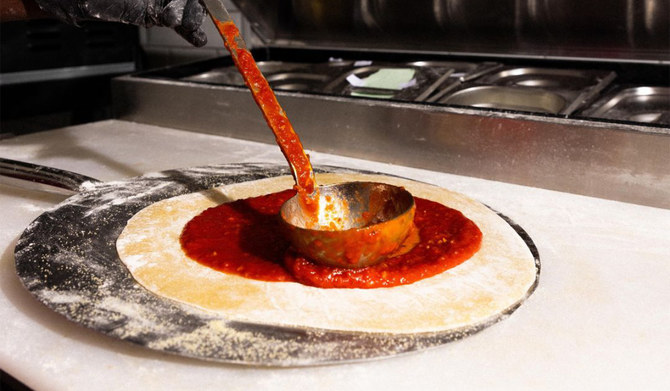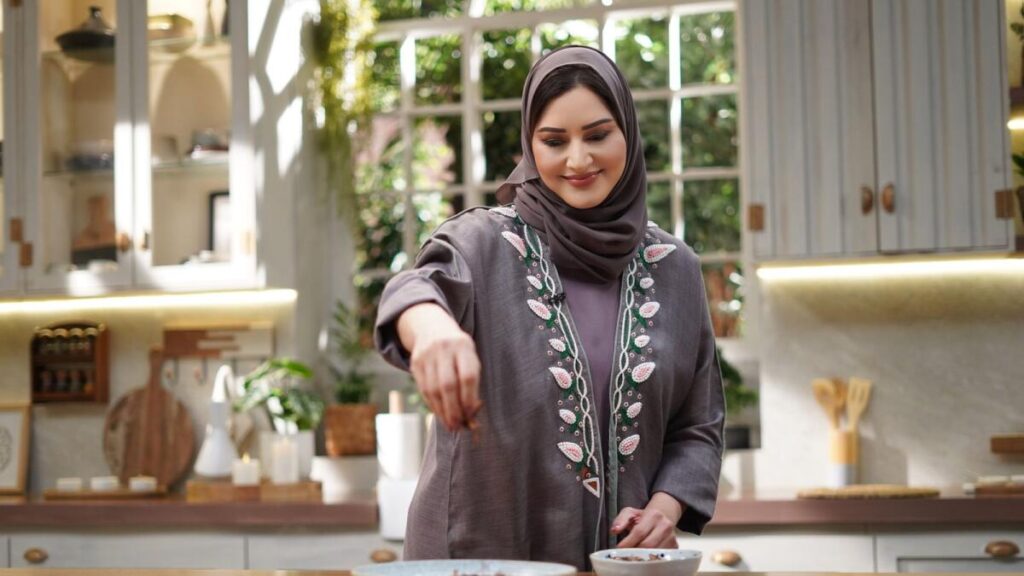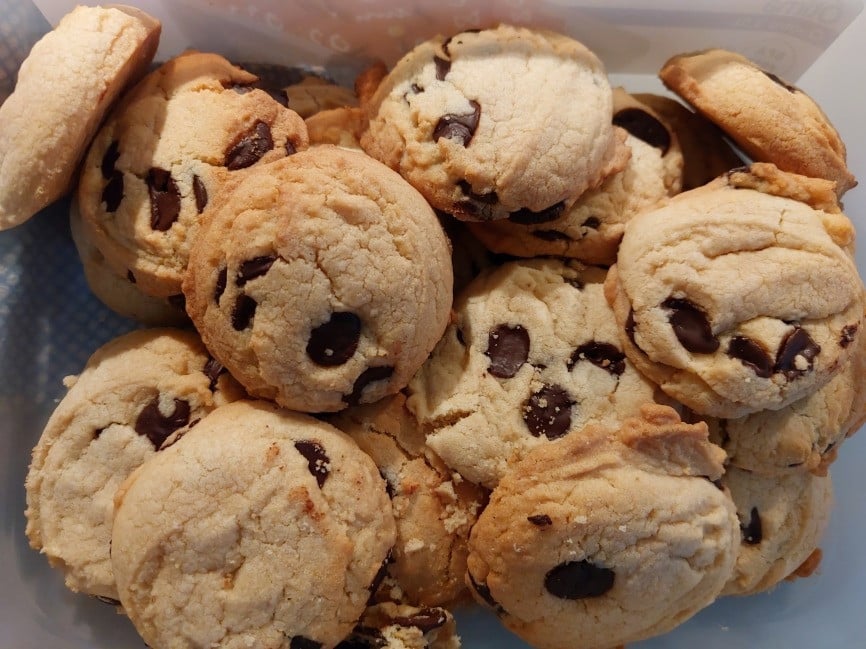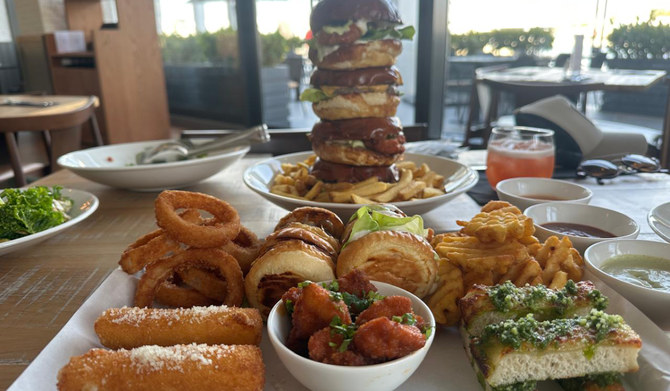
Anna Berrill
I never know which oil to use for what.
Laura, Cheshire
As is so often the case, the answer can be found in Samin Nosrat’s Salt, Fat, Acid, Heat: “The first step in choosing a fat is to identify the primary role it will play in a dish.” That’s to say, are you using it to add flavour or texture (crisp breadcrumbs, say), or to season your food (sesame oil drizzled over cooked noodles)? If you’re applying heat, the other consideration is, of course, the oil’s “smoke point”. As Nik Sharma writes in The Flavor Equation: “Knowing the temperature at which a fat or oil will start to smoke indicates how much heat you can subject it to without affecting the flavour of the oil, and whether it will work for a high-heat application such as frying.”
Then, as a rule of thumb, Ravinder Bhogal suggests looking at “what makes sense culturally”. The chef/owner of Jikoni in London sticks to coconut and mustard oil (or ghee) for Indian and Asian cooking, rapeseed or groundnut for deep-frying (“the smoking point is very high”) and olive oil for Italian and widely Mediterranean dishes. A light olive oil is “a good all-rounder”, adds Jun Tanaka, chef-patron at The Ninth in London, who uses the stuff for sauteeing, grilling and roasting: “It’s a refined oil, so has a higher smoke point than other olive oils.” Tanaka reserves the good-quality, extra-virgin stuff for dressings and vinaigrettes, or for drizzling over chargrilled vegetables, fish and meat.
The Guardian’s Tom Hunt, meanwhile, defaults to extra-virgin olive oil “for most things”. And he’s not alone: José Pizarro uses the stuff “90-95% of the time”. The chef, whose latest book is The Spanish Home Kitchen, says: “It’s the only olive oil my mum has in her house, which means she has it in the fryer.” While I dare not quibble with Pizarro’s mother, Laura will need to keep in mind that smoke point. “For extra-virgin olive oil, it’s somewhere between 180-200C,” says Hunt, who, when roasting or frying above 180C, recommends using organic coconut or rapeseed oil instead. “I wouldn’t use non-organic rapeseed oil, though, because of the pesticides used.”
Mayonnaise and aïoli, however, have been known to tempt Pizarro away from his beloved olive oil: “I like my olive oil peppery and green, because I grew up with that. For some people, though, it’s too powerful, which is why I sometimes use sunflower oil.” Mind you, the war in Ukraine (which, along with Russia, accounts for around 60% of global production) has seen exports of sunflower oil plummet, with reports of shortages and price rises. So, for now, you might want to channel Tanaka, who favours grapeseed oil instead. He also uses it in many vinaigrettes: “It has a clean, neutral flavour, and is also ideal for baked goods.”
When it comes to deep-frying, meanwhile, Tanaka reckons vegetable oil is best. “This is a blend of different oils and has a neutral flavour, so you can taste the deep-fried ingredients,” he says. “It has a high smoke point, can be used multiple times and is good value.” Now that’s a fryer’s delight.
Courtesy: theguardian
The post Which oils are best for cooking? appeared first on The Frontier Post.








